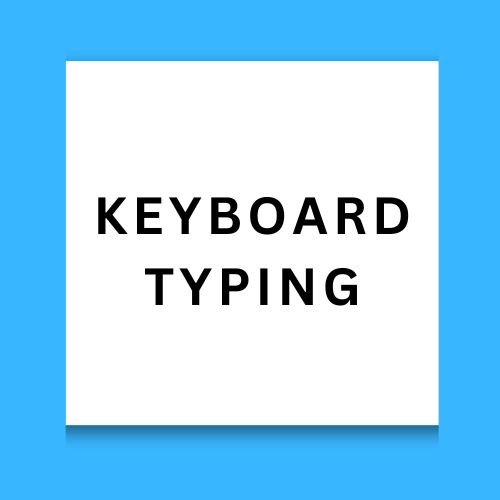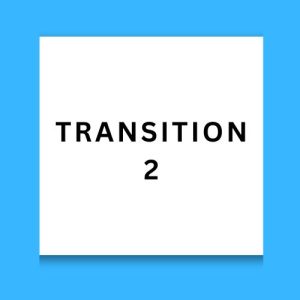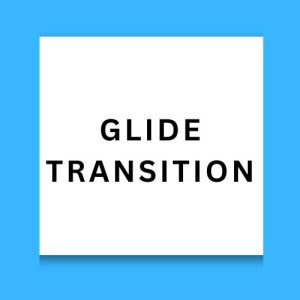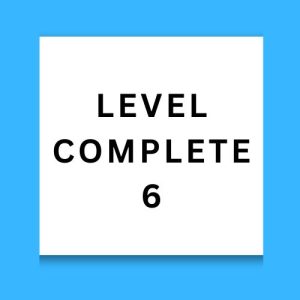Here is more free sound effects for you:
Name: Keyboard Typing
Keyboard typing sound effect.
Tags: app, application, buttons, cartoon, chat, click, computer, interface, keyboard, keyboard typing, laptop, letter, mac, menu, office, office ambience, sound design, sound for film, sound fx, technology, type, typewriter, typing, windows
In today’s fast-paced digital world, the sounds of typing have become a staple in our auditory landscape. Whether it’s the clattering of keys in a busy office or the gentle tapping in a quiet library, keyboard typing sounds are everywhere. The ‘Keyboard Typing’ sound effect captures this quintessential sound with clarity and precision, making it an invaluable resource for sound designers, filmmakers, and app developers alike.
This sound effect features a range of typing styles and intensities, from the soft taps of a modern laptop to the robust clacks of an old-school typewriter. Each variation is meticulously recorded to ensure it delivers a realistic and immersive experience. This versatility makes the ‘Keyboard Typing’ sound effect especially useful for creating a specific atmosphere or setting within a scene. Whether you’re looking to evoke a sense of urgency or a calm, focused ambiance, these sounds can be seamlessly integrated into your project to enhance its narrative and emotional impact.
For app and application developers, integrating such sound effects can significantly enhance user experience. Sound cues are pivotal in interface design, offering users tactile feedback that can make digital interactions feel more tangible and responsive. For example, incorporating keyboard typing sounds in a text-based application can make the act of typing more satisfying and engaging for the user, encouraging longer and more frequent interactions.
In animation and cartoons, sound effects like keyboard typing add a layer of realism to the visual experience. They ground fantastical elements in real-world sounds, making animated scenes more relatable and believable. The distinct clicks and clacks of a keyboard can also be used humorously or dramatically to emphasize certain actions or moments, adding depth and dimension to the storytelling.
For filmmakers, the ‘Keyboard Typing’ sound effect offers a ready-to-use solution for adding realism to scenes set in offices or other work environments. The sound of typing can subtly convey the busyness of the setting or the intensity of a character’s focus. Moreover, in sound design for film, these effects can be layered and manipulated to create unique sounds that support the film’s theme or mood.
In educational and training videos, keyboard typing sounds help simulate real-life scenarios that teach or test typing skills, computer literacy, or software navigation. This can make learning more interactive and engaging, helping users feel like they are directly involved in the process.
Additionally, in the realm of technology, especially in showcasing devices like laptops, keyboards, or typewriters, authentic sound effects can enhance promotional materials, making them more dynamic and appealing. Hearing the precise type of keystroke can also influence consumer decisions by implying the quality and design of the keyboard.
For sound libraries and archives, the ‘Keyboard Typing’ sound effect is an essential addition. Sound designers and editors can draw from this resource to fulfill the diverse needs of clients across various industries, from documentary filmmakers needing authentic office sounds to game developers creating interactive, text-based adventure games.
In conclusion, the ‘Keyboard Typing’ sound effect is much more than just a recording. It is a versatile and essential tool for anyone looking to add a layer of realism, tactile feedback, or auditory texture to their projects. Its application ranges across various fields, from digital interfaces and film to education and technology marketing, proving that sometimes the most commonplace sounds are the most powerful in crafting an effective and immersive experience.




























